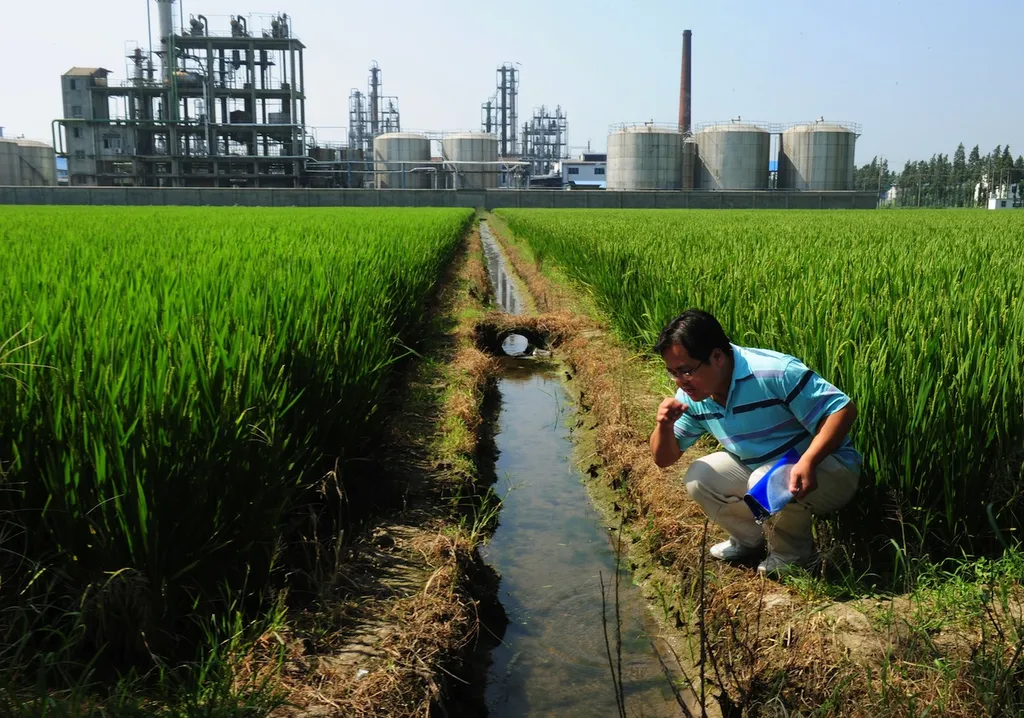In the pursuit of sustainable agriculture, a new study published in *Frontiers of Agricultural Science and Engineering* sheds light on the critical issue of agricultural non-point source pollution (ANPSP) and its implications for agricultural green development (AGD). Led by Jing Tao of the State Key Laboratory of Soil and Sustainable Agriculture at the Chinese Academy of Sciences, the research provides a comprehensive analysis of ANPSP, offering targeted recommendations for its prevention and control.
Agricultural non-point source pollution refers to the diffuse pollution that originates from various agricultural activities, such as fertilizer runoff, pesticide drift, and livestock waste. Unlike point source pollution, which comes from a single, identifiable source, ANPSP is more challenging to track and manage due to its widespread and diffuse nature. This pollution poses significant threats to water quality, soil health, and ecosystem biodiversity, ultimately impacting the agricultural sector’s productivity and sustainability.
The study highlights the spatiotemporal dynamics of ANPSP, emphasizing the need for a nuanced understanding of how pollutants spread over time and space. “By examining the pollutant tracking and control mechanisms, we can develop more effective strategies to mitigate the impacts of ANPSP,” says Tao. The research underscores the importance of integrating advanced technologies, such as artificial intelligence (AI) and integrated management systems, to enhance pollutant tracing and control.
One of the key recommendations from the study is the application of AI in agriculture. AI technologies can analyze vast amounts of data to identify pollution patterns, predict pollution events, and optimize management practices. This can lead to more precise and timely interventions, reducing the environmental impact of agricultural activities. “AI can revolutionize the way we approach ANPSP by providing real-time data and predictive insights that inform decision-making,” Tao explains.
The study also emphasizes the role of national policies in promoting AGD and controlling ANPSP. Effective policies can incentivize farmers to adopt environmentally friendly practices, such as precision agriculture, organic farming, and integrated pest management. These practices not only reduce pollution but also enhance agricultural productivity and profitability.
The commercial impacts of this research are significant. By developing efficient and sustainable prevention and control systems for ANPSP, the agricultural sector can reduce environmental costs, improve resource efficiency, and enhance market competitiveness. Farmers can benefit from increased yields, reduced input costs, and access to premium markets that value sustainable practices. Additionally, the integration of AI and advanced technologies can create new business opportunities and drive innovation in the agricultural sector.
The research by Tao and colleagues provides a roadmap for the future of AGD, highlighting the need for interdisciplinary collaboration and technological innovation. As the agricultural sector continues to face environmental challenges, the insights from this study offer a pathway to sustainable development and long-term success. The study, published in *Frontiers of Agricultural Science and Engineering*, underscores the importance of addressing ANPSP in the context of AGD, paving the way for a more sustainable and resilient agricultural future.

